
|
ECGbook.com Making Medical Education Free for All |
Upload ECG for Interpretation |

|
ECGbook.com Making Medical Education Free for All |
Upload ECG for Interpretation |
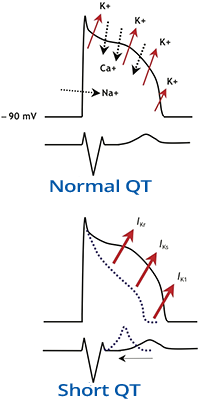
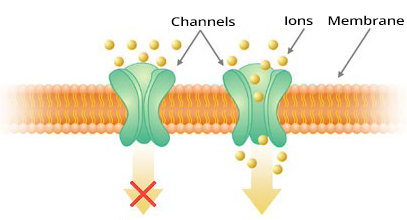


Short QT and Ventricular Fibrillation
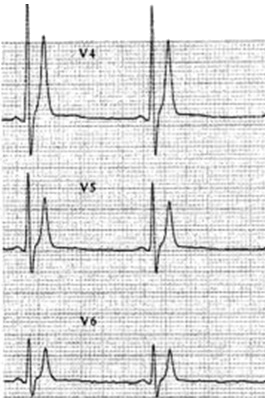
Short QT < 340ms

Short QT Syndrome Type 1 (SQTS 1)

Short QT Syndrome (SQTS 1)

Short QT Syndrome (SQTS 1)

Short QT Syndrome (SQTS 1)
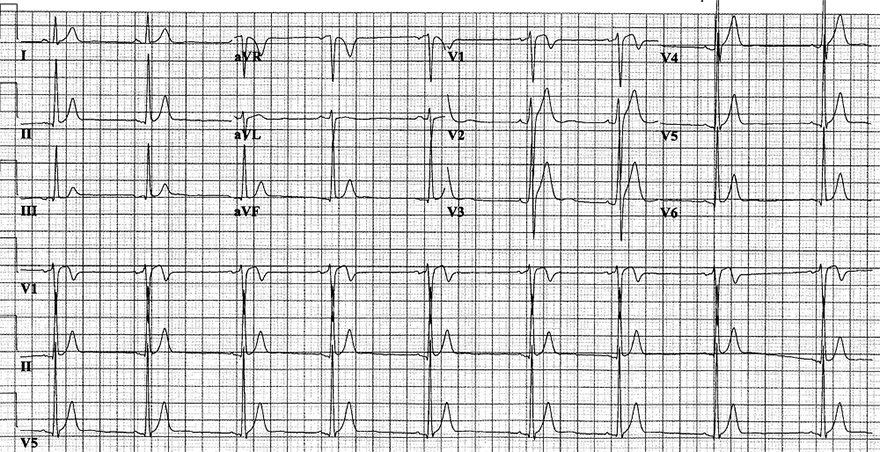
Short QT Syndrome (SQTS 1)

Acquired Short QT Interval
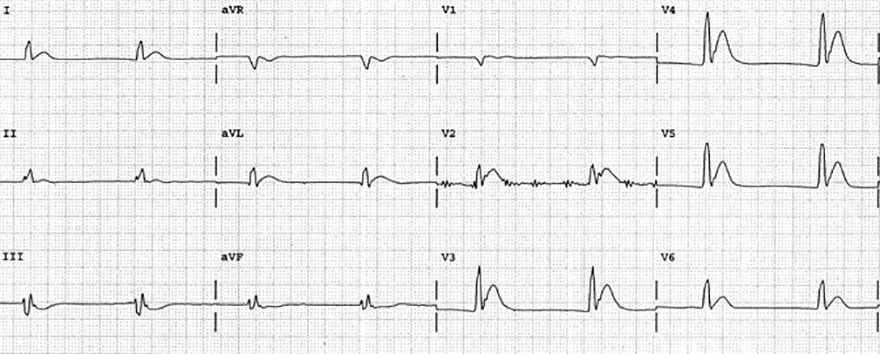
Acquired Short QT Interval

Acquired Short QT Interval
Sources
Action Potential and QT Interval
|
 |
Channelopathy
|

|
Short QT Syndrome (SQTS)
|

|
ECG and Short QT Syndrome

Short QT and Ventricular Fibrillation
|

Short QT < 340ms |

Short QT Syndrome Type 1 (SQTS 1)

Short QT Syndrome (SQTS 1)

Short QT Syndrome (SQTS 1)

Short QT Syndrome (SQTS 1)

Short QT Syndrome (SQTS 1)

Acquired Short QT Interval

Acquired Short QT Interval

Acquired Short QT Interval
Sources